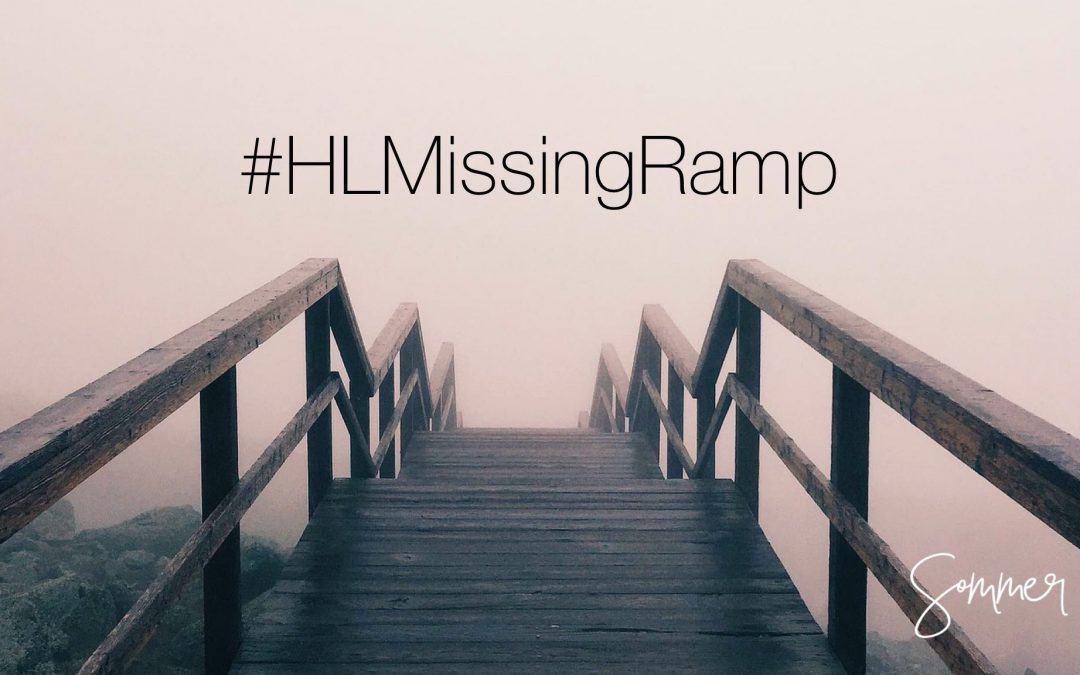Building a ramp to patient understanding
The notion of a hospital being built without any ramps to accommodate patients with limited mobility is absurd. Yet everyday many healthcare communicators – physicians, insurance providers, pharmaceutical companies, market researchers, etc. – essentially do just that. We forget to include ramps to patient understanding.
The National Assessment of Adult Literacy (NAAL) found that only 12 out of every 100 adults in the U.S. have proficient health literacy. The Calgary Charter on Health Literacy defines it as “the use of a wide range of skills,” that “allows the public and [those working in healthcare] to find, understand, evaluate, communicate, and [act on] information” so that we may all “live healthier lives.” These skills include “reading, writing, listening, speaking, numeracy, and critical analysis.”
Although these numbers paint a bleak picture, with most of us – 88 out of 100! – having only basic to below basic health literacy, they don’t cover the entire canvas. Each one of us is also capable of impressive adaptation. Health communicators can convey information more clearly, without medical jargon and complicated sentences. Patients can, given the right tools, overcome many obstacles to understanding. We truly can be greater than the sum of our parts.
How to go about achieving this lofty goal has been cornerstone to Sommer Consulting’s mission to compassionately move minds and improve lives. We do this by listening to our physician and patient research participants, and by giving voice to those who too often go unheard.
The first step for many remains recognizing the challenge. As a community of healthcare communicators, will you join us in prioritizing health literacy? Help spread the word by using the #HLMissingRamp hashtag. Together we can build a ramp to understanding and ensure that rather than needing to pull themselves up, all patients can simply and easily move forward.
Bill Stone
Director, Content Strategy

